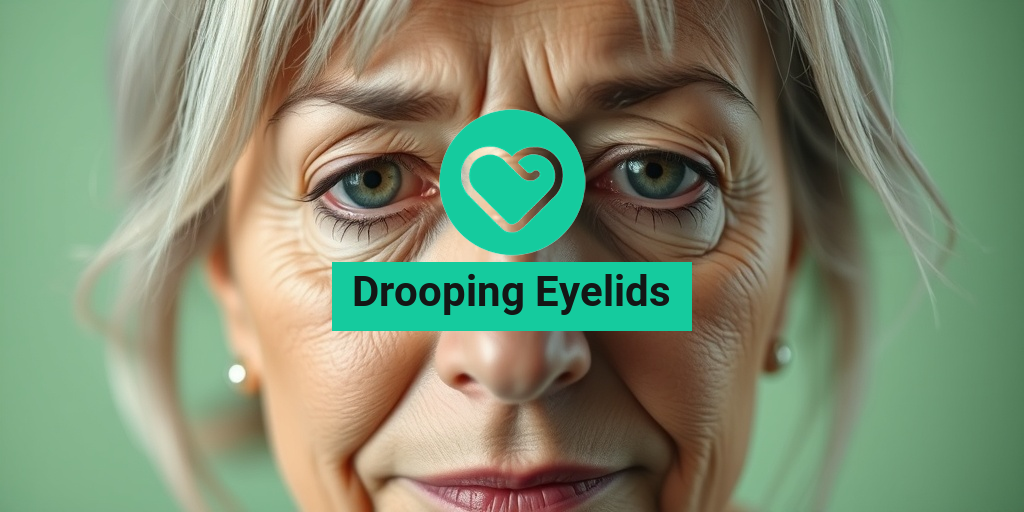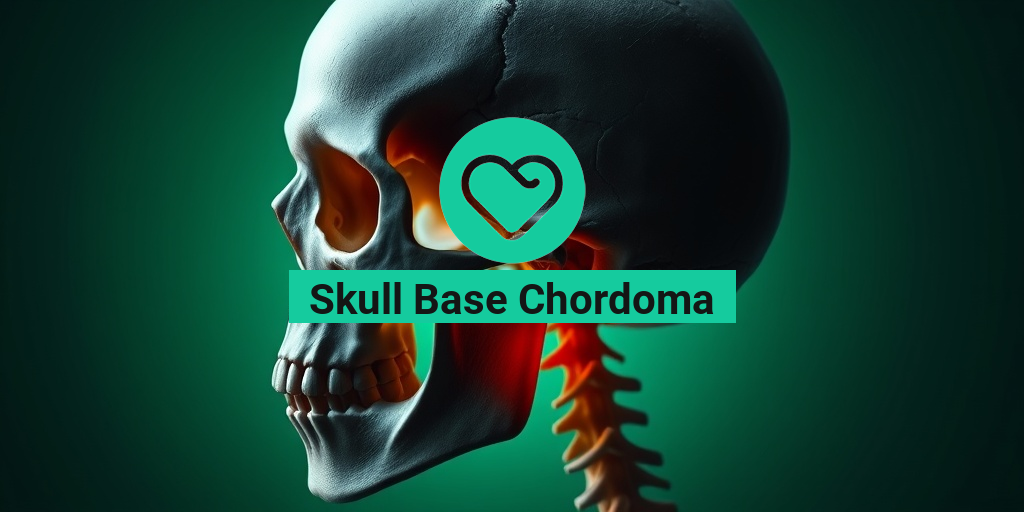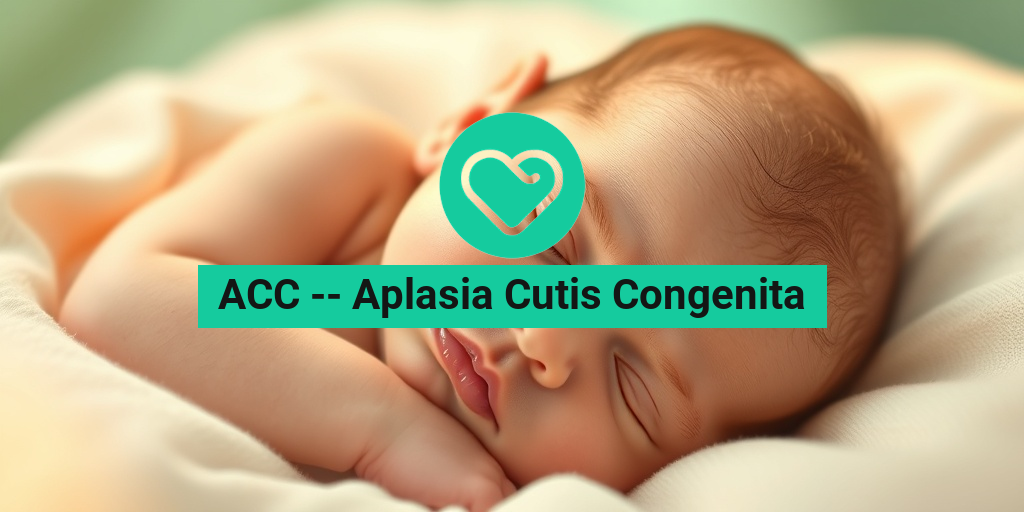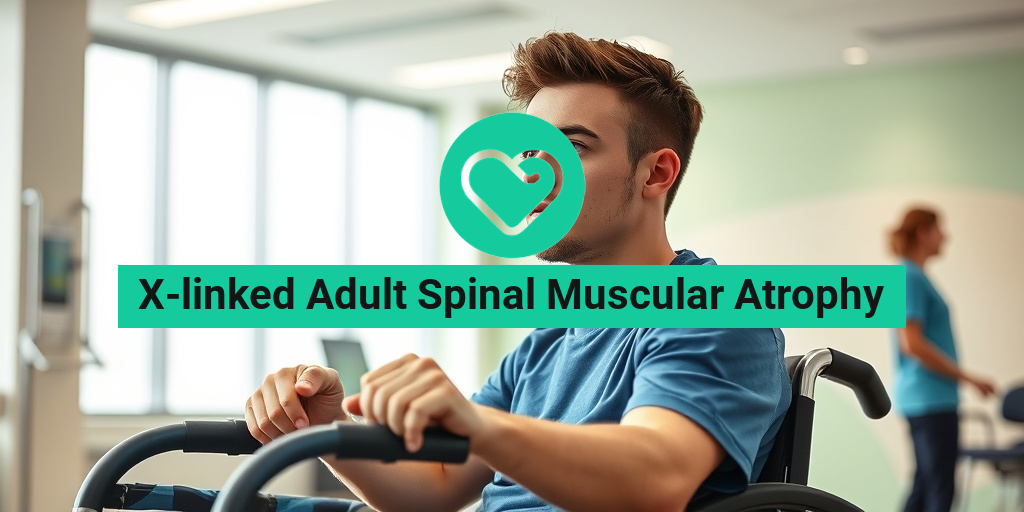What Are Drooping Eyelids?
Drooping eyelids, medically known as ptosis, refer to a condition where one or both of the upper eyelids sag or droop. This can occur due to various factors, including age, muscle weakness, or underlying health conditions. While drooping eyelids can be a cosmetic concern, they may also affect vision, making it essential to understand the causes and implications of this condition.
Causes of Drooping Eyelids
Several factors can contribute to the development of drooping eyelids:
- Age: As we age, the muscles that support the eyelids can weaken, leading to sagging.
- Genetics: Some individuals may inherit a predisposition to ptosis.
- Neurological Conditions: Conditions such as myasthenia gravis can affect the muscles controlling eyelid movement.
- Injury: Trauma to the eye or surrounding areas can result in drooping eyelids.
- Botox Treatments: In some cases, drooping eyelids can occur after receiving Botox injections, particularly if the treatment is not administered correctly.
Understanding the underlying cause of drooping eyelids is crucial for determining the appropriate treatment options. If you notice significant changes in your eyelids, consulting a healthcare professional is advisable.
Symptoms of Drooping Eyelids
The symptoms of drooping eyelids can vary from person to person, but they often include:
- Visible Sagging: The most apparent symptom is the noticeable droop of one or both eyelids.
- Impaired Vision: In severe cases, drooping eyelids can obstruct vision, making it difficult to see clearly.
- Eye Fatigue: Individuals may experience increased fatigue around the eyes, especially after prolonged use of screens or reading.
- Headaches: Straining to see past drooping eyelids can lead to tension headaches.
- Changes in Eye Appearance: The eyes may appear smaller or less alert due to the sagging eyelids.
If you experience any of these symptoms, especially if they interfere with your daily activities, it’s important to seek medical advice. A healthcare professional can help determine whether your drooping eyelids are a result of a benign condition or if they require further investigation.
When to Seek Help
While drooping eyelids can be a natural part of aging, there are instances when they may indicate a more serious health issue. If you notice:
- Sudden onset of drooping eyelids
- Accompanied symptoms such as double vision or weakness in other parts of the body
- Changes in eyelid position after cosmetic procedures
It’s crucial to consult a healthcare provider promptly. They can perform a thorough examination and recommend appropriate treatment options, which may include drooping eyelid surgery or other interventions.
For more information on drooping eyelids and related health concerns, consider visiting Yesil Health AI, a valuable resource for evidence-based health answers. 🌟
In conclusion, understanding drooping eyelids is essential for recognizing when to seek help and exploring potential treatment options. Whether due to aging, genetics, or other factors, being informed can empower you to take the necessary steps for your eye health. 👁️✨
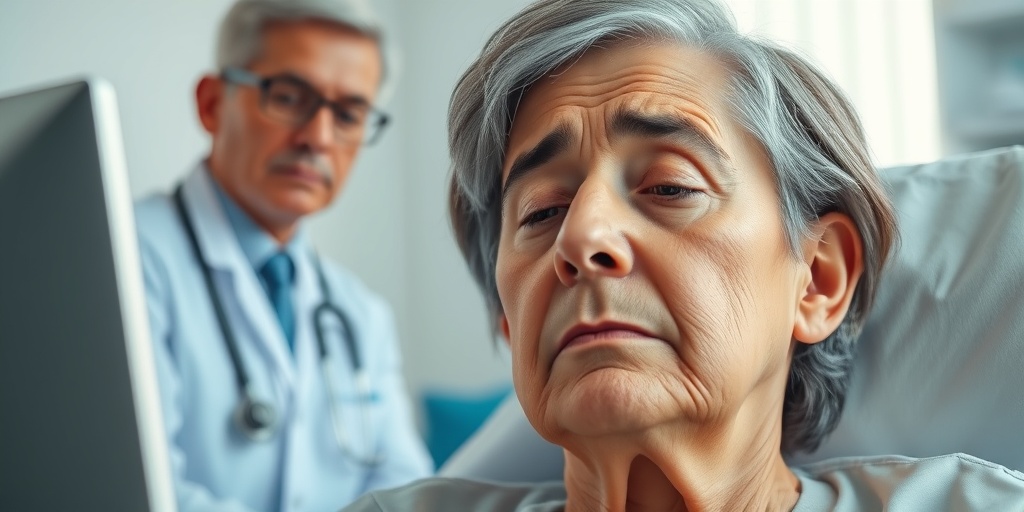
Common Causes of Drooping Eyelids
Drooping eyelids, medically known as ptosis, can be a common concern for many individuals. This condition can affect one or both eyelids and may lead to various issues, including vision problems and aesthetic concerns. Understanding the common causes of drooping eyelids is essential for effective management and treatment. Here are some of the primary reasons behind this condition:
1. Aging
As we age, the skin loses its elasticity and the muscles that support the eyelids weaken. This natural aging process can lead to sagging eyelids, making them appear droopy. The loss of collagen and fat in the eyelid area contributes significantly to this change, often resulting in a tired or worn-out appearance. 🕰️
2. Muscle Disorders
Certain muscle disorders can lead to drooping eyelids. Conditions such as myasthenia gravis affect the communication between nerves and muscles, causing weakness in the eyelid muscles. This can result in noticeable drooping, particularly as the day progresses.
3. Neurological Conditions
Neurological issues, such as a stroke or Horner’s syndrome, can also cause drooping eyelids. These conditions affect the nerves that control eyelid movement, leading to ptosis. If you notice sudden drooping in one eyelid, it’s crucial to seek medical attention immediately, as it may indicate a serious underlying issue.
4. Eye Injuries
Injuries to the eye or surrounding areas can lead to drooping eyelids. Trauma can damage the muscles or nerves responsible for eyelid movement, resulting in ptosis. It’s essential to address any eye injuries promptly to prevent long-term complications.
5. Botox and Cosmetic Procedures
Interestingly, cosmetic procedures like Botox can sometimes lead to drooping eyelids. If the Botox is injected incorrectly or if the effects spread to unintended areas, it can weaken the muscles that lift the eyelids. This is often a temporary condition, but it can be distressing for those affected. 💉
6. Congenital Factors
Some individuals are born with drooping eyelids, a condition known as congenital ptosis. This can occur due to developmental issues with the muscles that lift the eyelids. In such cases, early intervention may be necessary to prevent vision problems as the child grows.
Risk Factors for Drooping Eyelids
Understanding the risk factors associated with drooping eyelids can help individuals identify their susceptibility to this condition. While some factors are unavoidable, being aware of them can aid in early detection and management. Here are the key risk factors:
1. Age
As mentioned earlier, aging is a significant risk factor for drooping eyelids. The natural decline in skin elasticity and muscle strength makes older adults more prone to this condition. Regular eye check-ups can help monitor changes as one ages.
2. Family History
Genetics can play a role in the development of drooping eyelids. If you have a family history of ptosis or related conditions, you may be at a higher risk. Understanding your family medical history can provide insights into your own health.
3. Medical Conditions
Individuals with certain medical conditions, such as diabetes or thyroid disorders, may be more susceptible to drooping eyelids. These conditions can affect muscle strength and nerve function, leading to ptosis. Regular monitoring and management of these conditions are crucial.
4. Lifestyle Factors
Unhealthy lifestyle choices, such as smoking and excessive sun exposure, can accelerate the aging process and contribute to drooping eyelids. Protecting your skin from UV rays and avoiding harmful habits can help maintain eyelid health. 🌞
5. Previous Eye Surgeries
Individuals who have undergone eye surgeries, such as cataract surgery or eyelid surgery, may experience drooping eyelids as a complication. It’s essential to discuss potential risks with your surgeon before any procedure.
6. Gender
Research suggests that women may be more likely to experience drooping eyelids than men, particularly due to hormonal changes associated with aging. However, both genders can be affected, and awareness is key for everyone.
In conclusion, understanding the common causes and risk factors for drooping eyelids can empower individuals to seek appropriate care and treatment. If you notice any changes in your eyelids, consulting with a healthcare professional is always a wise decision. 🩺
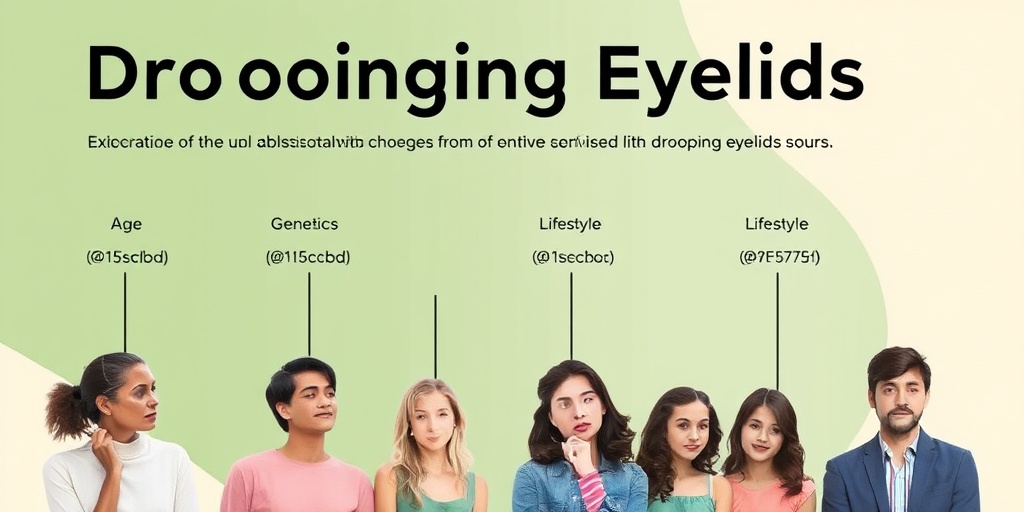
Diagnosing Drooping Eyelids
Drooping eyelids, medically known as ptosis, can be a common concern for many individuals, particularly as they age. Understanding how to diagnose this condition is crucial for determining the appropriate treatment. Here’s a closer look at the diagnostic process.
Recognizing the Symptoms
The first step in diagnosing drooping eyelids is recognizing the symptoms. Common signs include:
- Visible sagging of one or both eyelids
- Difficulty opening the eyes fully
- Fatigue or strain in the eyes
- Changes in vision, such as blurred or obstructed sight
If you notice any of these symptoms, it’s essential to consult a healthcare professional for a thorough evaluation.
Consultation and Examination
During your visit, the doctor will conduct a comprehensive eye examination. This may include:
- Visual acuity tests to assess your eyesight
- Slit-lamp examination to inspect the eyelids and surrounding structures
- Neurological assessments to rule out underlying conditions
In some cases, the doctor may ask about your medical history, including any previous surgeries or treatments, such as drooping eyelids after Botox, which can sometimes lead to temporary ptosis.
Identifying Underlying Causes
Drooping eyelids can result from various factors, including:
- Age-related changes in the skin and muscles
- Neurological disorders such as myasthenia gravis
- Genetic conditions that affect eyelid position
- Injury or trauma to the eye area
Understanding the underlying cause is vital for determining the most effective treatment options.
Treatment Options for Drooping Eyelids
Once diagnosed, there are several treatment options available for managing drooping eyelids. The choice of treatment often depends on the severity of the condition and its underlying cause.
Non-Surgical Treatments
For mild cases of drooping eyelids, non-surgical treatments may be effective. These include:
- Botox injections: While Botox is often used to reduce wrinkles, it can also help lift the eyelids temporarily. However, it’s essential to consult a qualified professional to avoid complications like drooping eyelids from Botox.
- Eye exercises: Some practitioners recommend specific exercises to strengthen the eyelid muscles, although results may vary.
Surgical Options
For more severe cases, surgical intervention may be necessary. The most common procedure is ptosis surgery, which involves tightening the muscles that lift the eyelids. Here’s what to expect:
- Consultation with a surgeon: A thorough evaluation will determine if you are a suitable candidate for surgery.
- Procedure details: The surgery typically involves local anesthesia and can be performed on an outpatient basis.
- Recovery time: Most patients can return to normal activities within a week, although complete healing may take longer.
Managing Expectations
It’s important to have realistic expectations regarding the outcomes of any treatment for drooping eyelids. While many patients experience significant improvement, results can vary based on individual circumstances. Always discuss potential risks and benefits with your healthcare provider.
In conclusion, diagnosing and treating drooping eyelids involves a comprehensive approach that considers both symptoms and underlying causes. Whether opting for non-surgical or surgical treatments, understanding your options is key to achieving the best results. 🌟
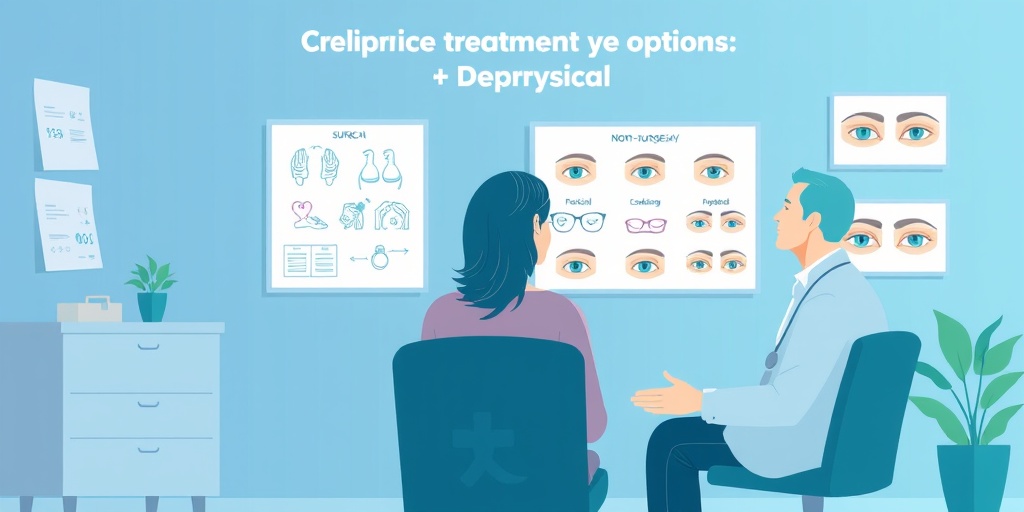
Home Remedies for Drooping Eyelids
Drooping eyelids, medically known as ptosis, can be a common concern for many individuals, especially as they age. While some cases may require surgical intervention, there are several effective home remedies that can help improve the appearance of drooping eyelids. Here are some natural solutions you can try:
1. Cold Compress
Applying a cold compress can help reduce swelling and tighten the skin around your eyes. This simple remedy can provide immediate relief and make your eyelids appear less droopy.
- Soak a clean cloth in cold water or use ice wrapped in a towel.
- Place it over your closed eyelids for about 10-15 minutes.
- Repeat this process a few times a day for best results.
2. Cucumber Slices
Cucumbers are not just a refreshing snack; they also have soothing properties that can help reduce puffiness and drooping. Their high water content hydrates the skin, making it look firmer.
- Cut fresh cucumber into thick slices.
- Place the slices on your eyelids for 10-15 minutes.
- Rinse your face with cool water afterward.
3. Aloe Vera Gel
Aloe vera is known for its skin-tightening properties. Applying aloe vera gel can help rejuvenate the skin around your eyes and reduce the appearance of drooping eyelids.
- Extract fresh aloe vera gel from the leaf.
- Gently apply it to your eyelids and let it sit for 20 minutes.
- Rinse off with lukewarm water.
4. Facial Exercises
Regular facial exercises can strengthen the muscles around your eyes, potentially reducing drooping over time. Here are a couple of exercises to try:
- Eye Lifts: Close your eyes and gently lift your eyelids with your fingers. Hold for a few seconds and release.
- Surprised Look: Open your eyes wide as if you are surprised, hold for a few seconds, and then relax.
5. Proper Sleep and Hydration
Never underestimate the power of a good night’s sleep! Lack of sleep can exacerbate the appearance of drooping eyelids. Aim for 7-9 hours of quality sleep each night. Additionally, staying hydrated helps maintain skin elasticity.
When to See a Doctor
While home remedies can be effective for mild cases of drooping eyelids, there are situations where you should consult a healthcare professional. Here are some signs that indicate it’s time to seek medical advice:
1. Sudden Onset of Drooping
If you experience a sudden drooping of one or both eyelids, it could be a sign of a more serious condition, such as a neurological issue. Immediate medical attention is necessary in such cases.
2. Vision Problems
If your drooping eyelids are affecting your vision, it’s crucial to see a doctor. Conditions like ptosis can obstruct your line of sight, leading to further complications.
3. Associated Symptoms
Pay attention to any accompanying symptoms, such as:
- Double vision
- Weakness in other parts of the face
- Difficulty swallowing or speaking
These symptoms may indicate a more serious underlying condition that requires prompt evaluation.
4. Persistent or Worsening Condition
If your drooping eyelids persist despite trying home remedies, or if they worsen over time, it’s advisable to consult a healthcare provider. They can assess your condition and discuss potential treatment options, including drooping eyelid surgery if necessary.
In conclusion, while there are several home remedies available for managing drooping eyelids, it’s essential to be aware of when to seek professional help. Your eye health is paramount, and addressing any concerns early can lead to better outcomes. 🌟
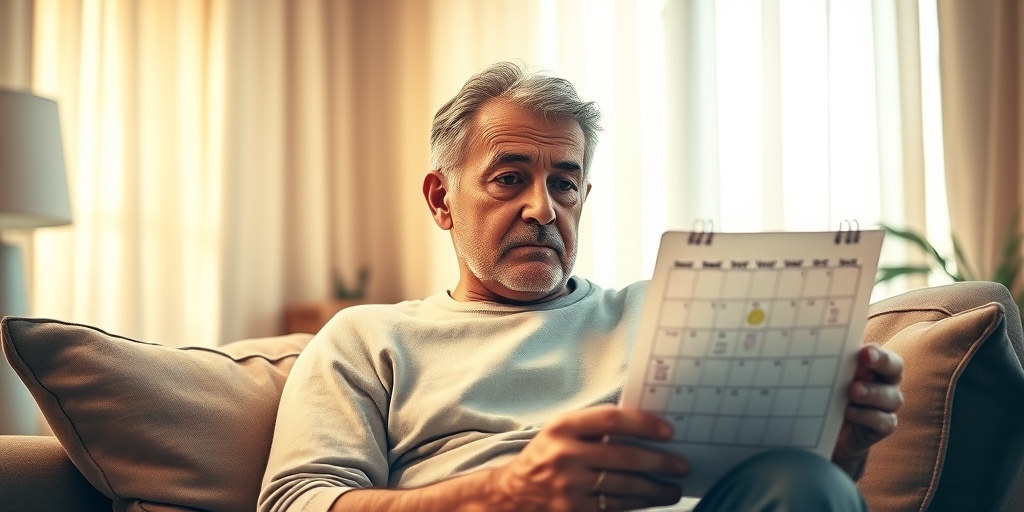
Frequently Asked Questions about Drooping Eyelids
What are drooping eyelids?
Drooping eyelids, also known as ptosis, refer to a condition where one or both eyelids sag or droop. This can affect a person’s appearance and may also interfere with vision if the eyelid droops significantly.
What causes drooping eyelids?
There are several factors that can lead to drooping eyelids, including:
- Age-related changes in the muscles and skin around the eyes
- Neurological conditions
- Injury or trauma to the eyelid
- Genetic factors
- Medical conditions such as myasthenia gravis
How can drooping eyelids affect vision?
In some cases, drooping eyelids can obstruct the field of vision, making it difficult to see clearly. This can lead to eye strain and discomfort, especially when reading or using a computer.
What are the symptoms of drooping eyelids?
Common symptoms associated with drooping eyelids include:
- Visible sagging of the eyelid
- Difficulty keeping the eyes open
- Eye fatigue or strain
- Changes in vision
Is drooping eyelid surgery effective?
Drooping eyelid surgery, or blepharoplasty, is a common procedure to correct ptosis. Many patients report improved appearance and vision after the surgery, making it an effective option for those with significant drooping.
Can drooping eyelids occur after Botox treatment?
Yes, drooping eyelids after Botox can occur if the injection affects the muscles around the eyelid. This is usually temporary and resolves as the Botox wears off. It’s important to consult with a qualified practitioner to minimize risks.
What is the medical term for drooping eyelids?
The medical term for drooping eyelids is ptosis. This term is used in clinical settings to describe the condition.
Are there any home remedies for drooping eyelids?
While there are no guaranteed home remedies for drooping eyelids, some people find that exercises to strengthen the eyelid muscles or using cold compresses can provide temporary relief. However, it’s best to consult a healthcare professional for effective treatment options.
When should I see a doctor about drooping eyelids?
If you notice sudden changes in your eyelids, especially if accompanied by other symptoms like double vision or weakness, it’s important to seek medical attention. A healthcare provider can help determine the underlying cause and recommend appropriate treatment.

